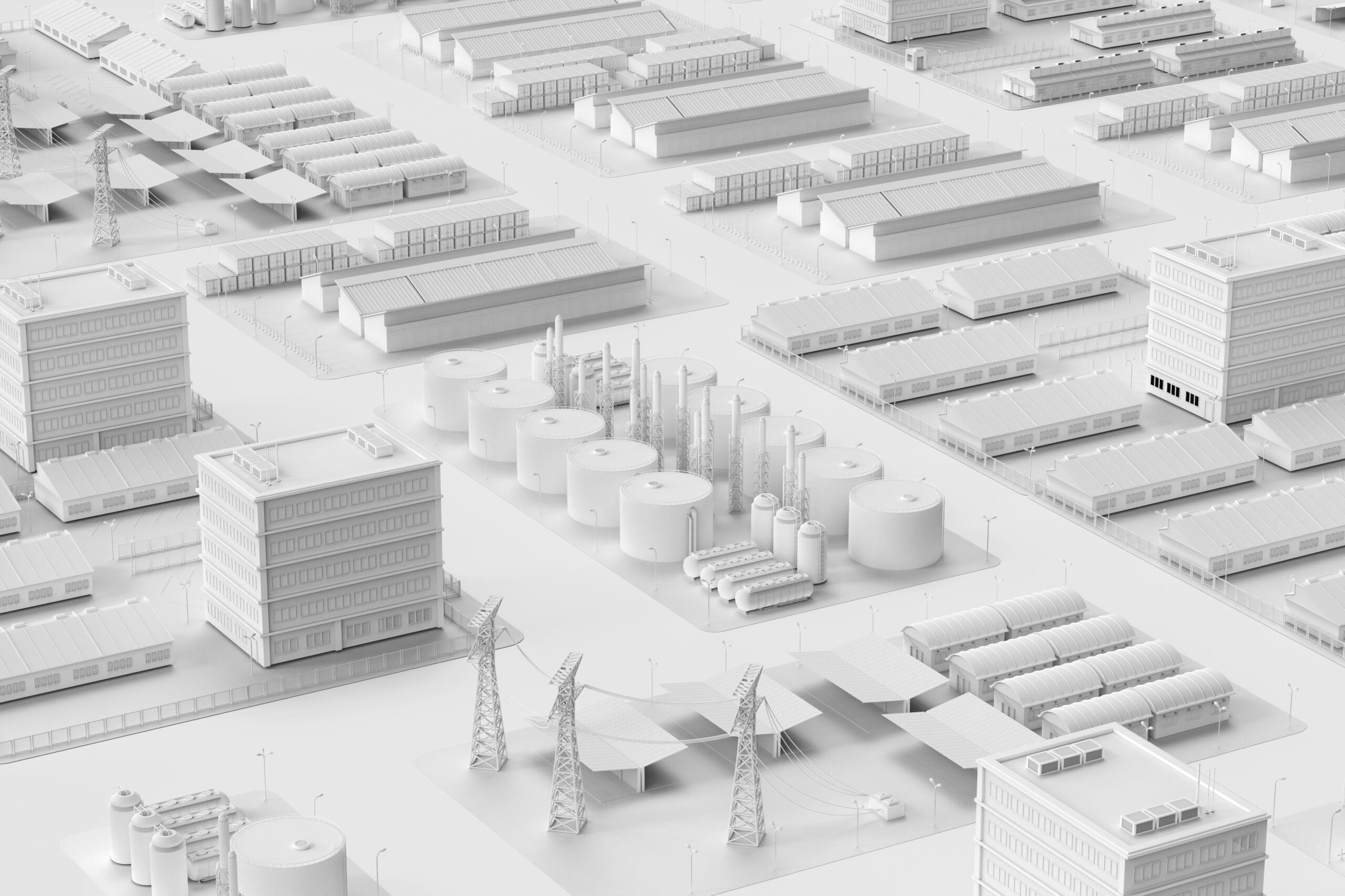A rapidly evolving regulatory landscape, higher service expectations, dispersed and aging infrastructures, technology constraints, and the shift to renewable energy sources all combine to make it more challenging than ever to deliver service reliably, safely, and profitably. This environment also makes proper asset management more difficult, yet more vital to accomplish.
Asset management helps utilities maximize value while optimizing the resources for necessary repairs and upgrades, replacing the traditional run-to-failure approach. Proactive asset management enables utilities to minimize breakdowns and outages, ensuring continued service delivery, and extending asset life.
By taking a best practices approach to asset management and leveraging digitized asset management solutions, gas and electric utilities can overcome today’s considerable operational obstacles. The following best practices provide a great start.
Define Success
Your utility asset management program should be guided by clear, thoughtful objectives. Most utilities implement an asset management program to reduce costs, improve productivity, minimize the risk of an unplanned outage, and/or extend the life and usefulness of their valuable field assets. Your specific business objectives will drive the key performance indicators (KPIs) you use to track progress against.
Evaluate Processes
Obtain a baseline of your current asset management processes and practices, focusing on what’s working vs what isn’t. Review all asset management standard operating procedures (SOPs), looking for gaps or obsolete procedures that need updating.
Take Inventory
Proper asset management demands an accurate, detailed inventory of every field asset, including its location, size, manufacturer, model, lot number, material composition, installation date, inspection history, maintenance and repair history, current condition, and projected remaining useful life. From there, you can rank the criticality of each asset using an objective scoring method, based on criteria such as how much the network relies on that asset and its importance to service delivery, along with factors like failure types, probabilities, consequences, and costs. The results will inform how you plan and prioritize asset maintenance, repair, and replacement, enabling you to invest in operational improvements with the greatest ROI.
Create a Plan
To deliver the optimal service at the optimal cost, utilities need to acquire, operate, maintain, and upgrade or replace field assets as effectively as possible. And that demands a comprehensive, continually updated asset management plan. The plan should document all your field assets, how you’ll schedule and track their maintenance and repair, how you’ll manage and track budgeted vs actual asset management expenses, risks and mitigation measures for each asset, clear roles and responsibilities, and an asset management lifecycle strategy.
Contact an Epoch Sales Consultant today ⟶
Integrate Your Systems
Disparate legacy systems are common in the utility industry, but they make it tough to manage field assets proactively and strategically. Because they often store data in different formats and don’t share it seamlessly, it’s difficult to gain visibility into accurate, real-time information to direct repair and maintenance efforts. And without that information at their fingertips, field crews waste time contacting operations for the necessary details.
A solution that utilizes geospatial software can improve integration by syncing asset data in real-time across systems, applications, and devices, equipping operations teams and field staff with the visibility and situational awareness they need on the job. Platforms that integrate field asset data into critical GIS solutions, as well as mission-critical business applications from providers like SAP and Oracle, prove most effective.
What to Look for in a Digitized Field Asset Management Platform
To unlock the value of proactive asset management, many utilities are adopting geospatial technologies that digitally capture and track asset data, optimize asset performance, improve compliance, and boost efficiencies. By combining automated workflows and map-centric interfaces—and sharing data across back-office servers, cloud-based applications, and mobile apps—a digitized field asset management platform helps the operations team dispatch, schedule and deploy field crews efficiently and gives field crews the situational awareness to complete their work quickly, accurately, and safely.
Before investing in a digitized utility asset management platform, consider which features and functionalities will most help you streamline work, improve efficiency and productivity, and reduce costs. Most utilities find the following essential:
- A single platform that drives field asset maintenance, repair, and tracking
- Ease of configuration to match their specific needs
- Scalability to any size or type of utility
- Dynamic, interactive maps that provide a full view of field assets and supporting details
- Intuitive functionality that speeds and simplifies customized workflow and work order creation
- Flexibility to develop maintenance schedules based on skills, proximity, availability, training and certification requirements, and other criteria
- Access to real-time data online and offline to support remote locations
- Enterprise data integration for easy access to asset and resource data across the technology ecosystem and data sharing across systems, applications, personnel, and locations
Why More Utilities are Choosing EpochField
For many gas and electric utilities, the field asset management platform of choice is EpochField from Epoch Solutions Group.
EpochField leverages geospatial technology to help utilities improve field asset management and maintenance, reduce costs, and minimize breakdowns and outages. Our digitized asset and field management solution provides operations teams with real-time situational awareness to optimize how they deploy field crews to inspect and repair utility field assets and manage vegetation. Utilities that use EpochField are positioned to deliver the service today’s customers demand, while ensuring safety, maintaining compliance, and gaining full asset traceability.
Download our detailed Guide to Deploying an Effective Asset Management Strategy. Or contact Epoch Solutions Group to learn how EpochField can transform how your utility manages your valuable field assets.





